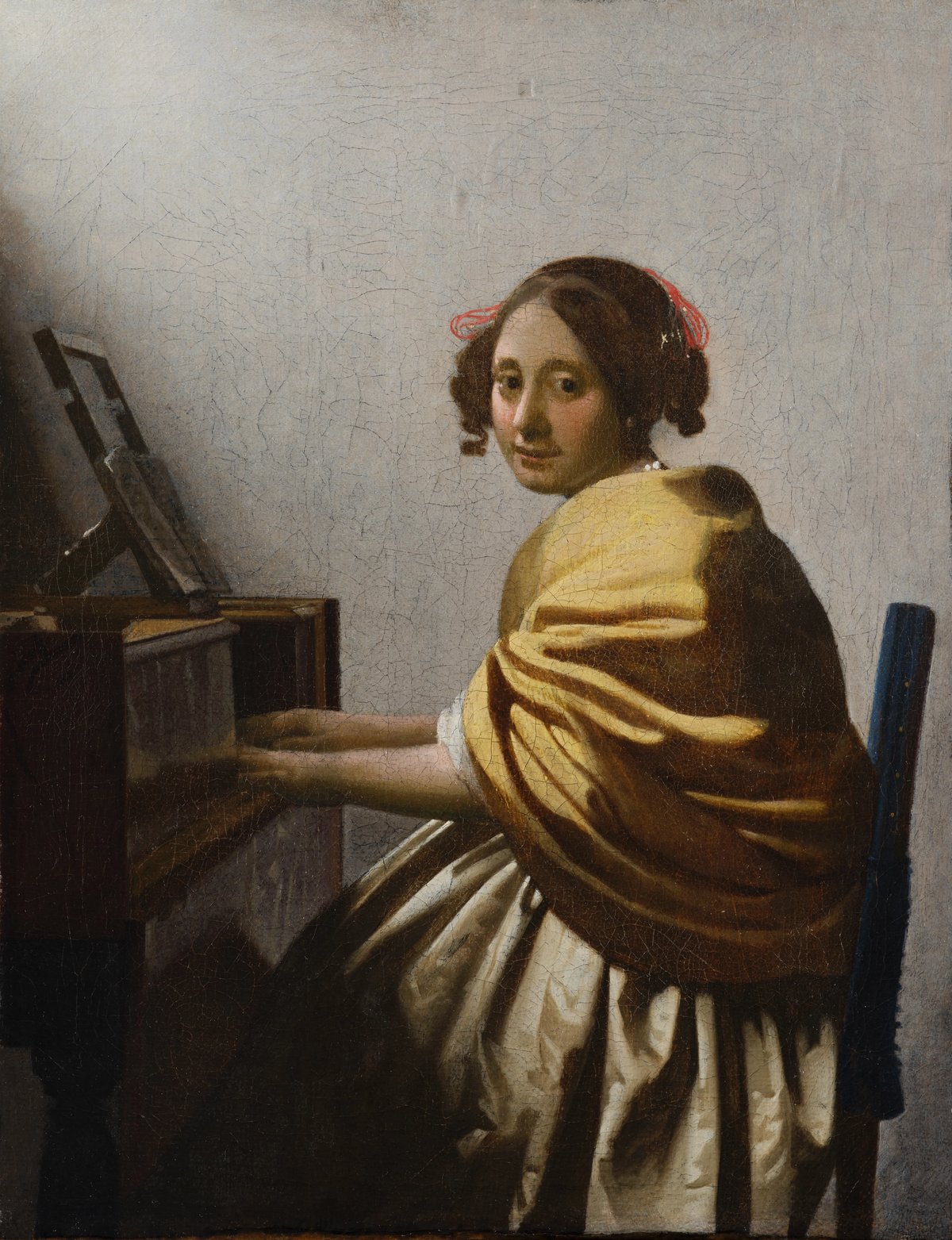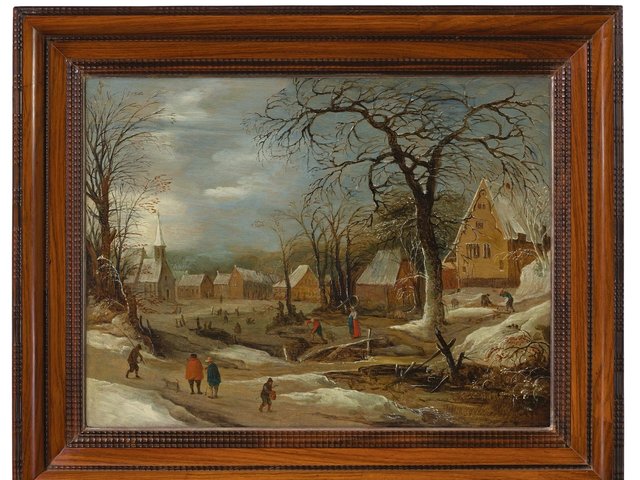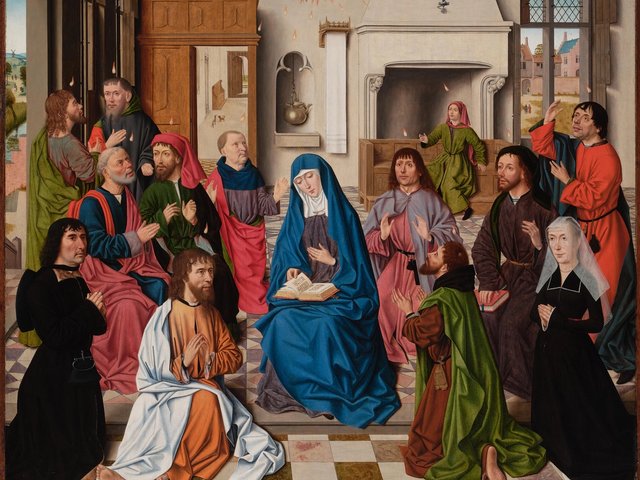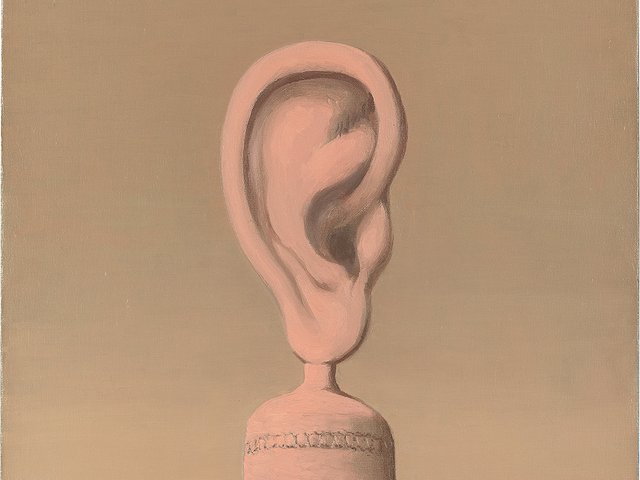Few artists have such popular appeal as Vermeer and Sotheby’s Bond Street saleroom was packed to over-flowing on the evening of 7 July when the most controversial painting to appear at auction last season, a “lost” painting by the Dutch artist Vermeer, came under the hammer. But if the expectant throng was hoping to witness a disaster they were disappointed. Young Woman seated at the Virginals sold at Sotheby’s best pre-sale expectations for £16.2m ($30m).
The solid price confirmed the market’s acceptance of the work as the 36th known painting by Vermeer. It might not be his most decorative painting but with the remainder of his output owned by museums (and H.M. the Queen) it is almost certainly the last that is likely to appear at auction. With no Vermeer offered publicly for sale in 80 years the price was, naturally, a record for the artist.
Sotheby’s had put a temptingly low estimate of £3m on the painting, reflecting the fact that there have been doubts about its authenticity, and that only 11 years of intensive research supervised by Sotheby’s Greg Rubinstein had finally convinced almost all Vermeer experts that this was the genuine article.
Auctioneer Henry Wyndham started bids at £2.4m and there was widespread interest until £6m. Then Dutch dealer Robert Noortman, sitting at the front of the packed room, raised his hand and a two-way battle with a telephone bidder got underway. By £13m Noortman was hesitating and Sotheby’s Old Master expert George Gordon finally secured a final hammer bid of £14.5m for his secretive client.
Alex Bell, co-chairman of Sotheby’s Old Masters, said after the auction, “This is bang on what I expected. This is a very simple work. If the painting had been larger; if it had contained more figures; if it had a window, it would have fetched considerably more. In addition the fact that the woman’s shawl had been reworked affected the price.”
The Vermeer aside, the auction confirmed the general state of the Old Masters market. In the words of Bell: “There is considerable demand for exceptional works in exceptional condition that have not been on the market for a long time”. The auction of 63 lots totalled £29,966,400 and, thanks to the Vermeer, was over 90% sold by value but only 65% by lot, suggesting that collectors are still being selective.
The biggest surprise was the record £1,853,600 paid by the London dealer Johnny van Haeften for a study of an old man by Jan Lievens, which had carried a top estimate of just £300,000. The painting had long been attributed to Lievens’ contemporary Rembrandt, and the high price suggests that collectors are at last appreciating the skills of artists who were Rembrandt’s rivals (and, at the time, his equals) in early 17th-century Holland. Another record price was the £1,573,600 paid for The Coronation of the Virgin by the mid 14th-century Florentine artist Bernardo Daddi. There is currently more interest in gold-ground paintings, often by collectors who own few, if any, Old Master paintings.
A night scene by Rubens, which the artist retained for his own enjoyment, sold within estimate for £2,469,600 and Card Players at a Table by Pieter de Hooch was also on target, going to the London trade for £1,237,600. A major surprise was the £677,600 (more than four times the estimate), which secured Head of Christ crowned with Thorns, a previously unrecorded work by Lucas Cranach the Elder and a difficult subject for many collectors.
If there are few new buyers for expensive Old Masters there is growing competition at the lower price levels and Sotheby’s Part II sale the next day brought in a record total of £4.3 million.
Strangely absent from Sotheby’s auctions were any major 18th-century Italian paintings, which, along with 17th-century Dutch and Flemish paintings, have dominated the market in recent years. However Christie’s was strong in this sector, and the star lot in its auction on 7 July was a pair of paintings by Giovanni Panini of interiors of two Rome churches, including St Peter’s, which sold for a record £2,357,250 to an European collector. For over two centuries they had been owned by the Dukes of Leeds.
Christie’s auction, which brought in £10,629,688, was just 61% sold, but the main casualty, a still life by the 18th-century Spanish artist Luis Meléndez, was sold to a London dealer after the sale for a sum within its £1.5/£2 million estimate. Another disappointment was a view of the Piazza del Popolo in Rome, painted in 1711 by Vanvitelli. It was a good example of a work returning too soon to market: in 1998 it had sold at Sotheby’s in New York for a weighty £800,000 plus.
A finely preserved example of one of the most popular images of the early 17th century, The Bird Trap, first conceived by Pieter Brueghel I, went above forecast for £1,293,500: it was attributed to his son Pieter II. One of Lucas Cranach the Elder’s rarer compositions, “Lot and his daughters”, of which only four versions are known, sold for £979,650 to Compton Verney.





